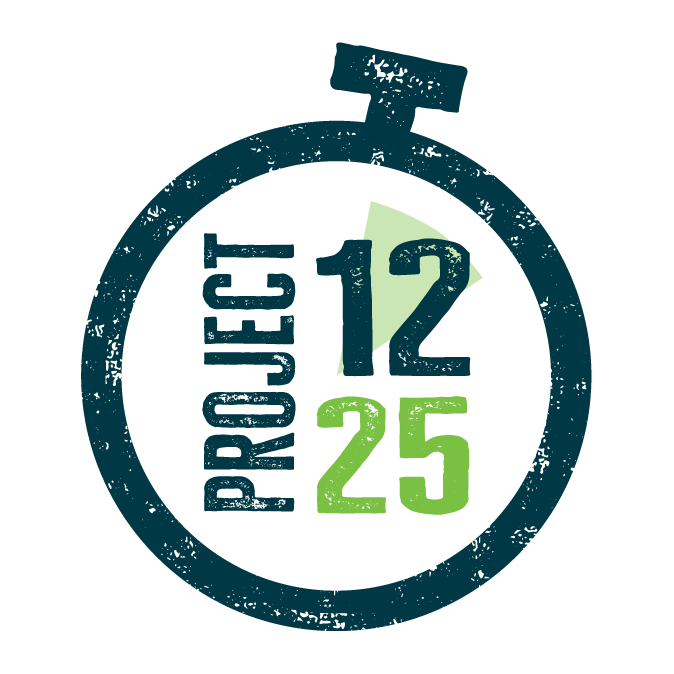The latest water quality information on Southland’s rivers, lakes and groundwater shows that continues to show mixed results.
Some areas of the region have good water quality but improvements need to be made in other areas. There is an early indication that water quality deterioration may be slowing, with more recent trend analyses showing some areas of improvement.
Environment Southland’s director of science and information Graham Sevicke-Jones said the analysis showed the province’s rivers, streams and lakes are generally suitable for wading, fishing and boating but six out of the 55 river monitoring sites did not meet the national e.coli standard. “Our lakes are mostly suitable for swimming, with the exception of Waituna Lagoon. Our river swimming sites, with the exception of the Mararoa River, do not meet these standards the majority of the time,” he said.
All monitoring sites have nitrogen levels that meet national bottom lines for fish toxicity. However most of these sites have nitrogen levels above the more conservative national guideline for ecosystem health.
“Over the last 17 years, nitrogen levels have increased at nearly half (43%) of monitoring sites with only two sites showing an improving trend,” Graham Sevicke-Jones said. “However, there are signs of a change in direction, with 18% of sites showing decreasing nitrogen levels over the last 5 years and only two sites show increasing nitrogen levels.
“Phosphorus is also showing some signs of improvement. It is a concern in our rivers as excessive amounts can lead to increased algae and plant growth.
“Since 2000, nine of our monitoring sites are showing improvement, while the other 12 sites aren’t showing any trend. This isn’t reflected in the shorter term analysis. Five-year phosphorus results are largely indeterminate of any trend, however one site is still showing an increase in phosphorus levels.”
The analysis, available on Environment Southland’s website in a technical report, uses information collected by the council, the National Institute of Water and Atmospheric Research (NIWA) and GNS Science. It provides an assessment of the state and trends of water quality in Southland rivers, streams, lakes and groundwater against compulsory national standards where these are available.
The water quality information was presented at Environment Southland’s Strategy and Policy Committee meeting yesterday (Wednesday, 26 April 2017).

